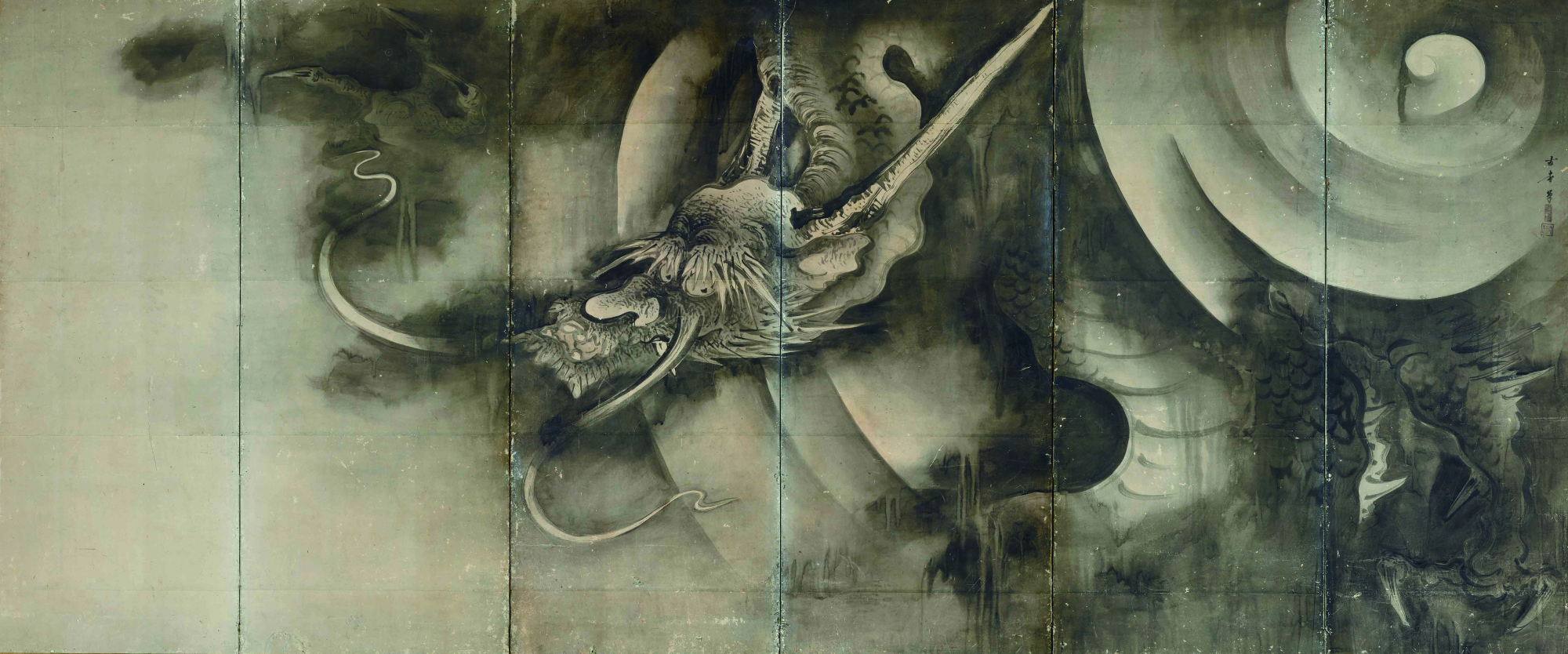The Momoyama Period (1573-1615) artist Kaiho Yusho (1533-1615) was renowned among the elite painters of his time, and still is. More remarkable, however, is that fame came when he was in his 60s during what is called his "early" period. Over the following two decades, he went from painting for priests to creating works for nobility, then for Japan-Korea diplomacy and then the Emperor.
Much in Kaiho's biography, however, is threadbare in detail. He was born to a high-ranking samurai family from Omi Province (now Shiga Prefecture) and his early life was spent as a Zen acolyte in Kyoto's Tofukuji Temple. His brother's deaths by troops under warlord Oda Nobunaga pushed him in an artistic direction. Surviving works from his later 50s or early 60s are unsigned and un-sealed, though painted in the period's de facto tutelage style of the Kano school. His authorship has been assigned based on his distinctive portrayals of rock plateaus and pine needles.
From the early 1590s, Kaiho's individual star began to rise through commissions from sub-temples in Kyoto's Kenninji Temple. With the rebuilding of the abbot's quarters there in 1599, Kaiho, at 67, was requested to decorate the interior. Fifty of 52 panels survive. "Dragons and Clouds" evidence his early Kano training — the dragon's nose, for example, looks distinctively like a human one — but the nearly unprecedented background features, such as spiraling geometric cloud forms, set him apart. Kaiho then went on to decorate the private residence of the Imperial Prince Hachijo Toshihito (1579-1629).



















With your current subscription plan you can comment on stories. However, before writing your first comment, please create a display name in the Profile section of your subscriber account page.